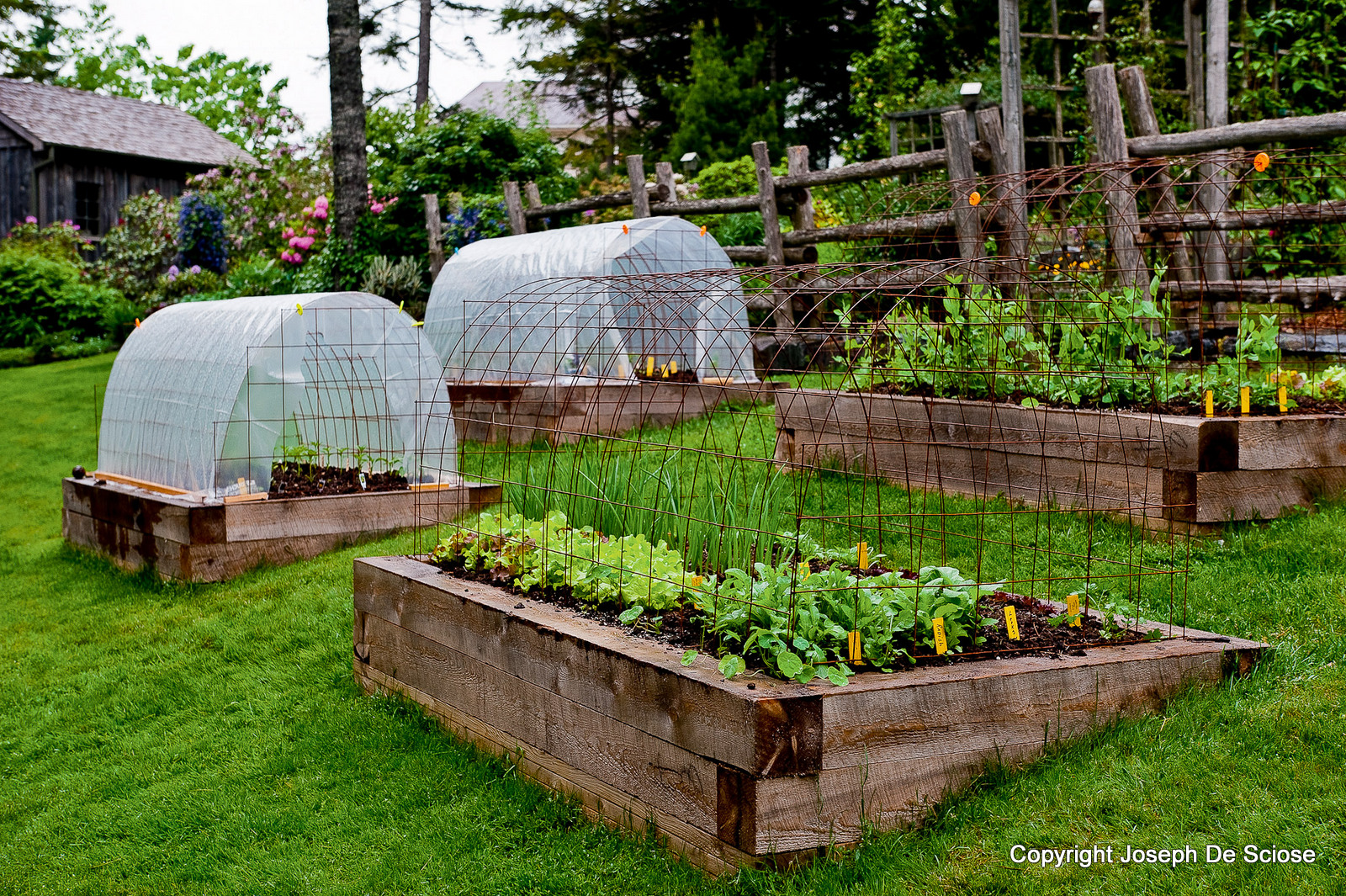About a month ago I showed you a picture of the jelly, tomatoes, salsa,
and pickles I canned, which you can see in the link here:
Canned tomatoes, salsa, pickles, & jelly from the garden. For other ways of preserving garden vegetables, read my post at the link:
7 ways to preserve excess garden veggies.
In the last couple of weeks, I have been harvesting jalapeno, banana, and Cubanelle peppers from the garden. Since I had been storing some of them for a while, and considering I harvested peppers yesterday, I wanted to preserve them quickly. I pickled all of the peppers remaining using the following recipe. 4 cups water, 4 cups apple cider vinegar, 1 cup sugar, 1/4 cup salt, and any seasonings such as mustard seeds, red pepper flakes, etc boiled in a saucepan for 2-3 minutes, or until salt and sugar is dissolved. This recipe made enough for 5 half pint + 3 pint jars. I probably sliced close to 4 pounds of peppers, or to be exact, approximately 10+ jalapeno peppers, 20+ banana peppers, 5+ green peppers, and 10+ Cubanelle peppers.
De-stem peppers, and slice. Then add peppers to sterilized jars (boiling jars in water for 10 minutes). Add vinegar mixture to each jar. Make sure your rings are sterilized too by boiling them in water for 5 minutes separately from the jars. Do not reuse lids--you'll have to buy more from the store. But this is only if you're going to sell your preserves, or want to store them for over 6 months.
Once you have your lids on the jars, pressure can them for 15 minutes. My method is by filling an inch of water into a large pot. Let the water come to a rolling boil, then add jars, and cover the pot with a lid.
After 15 minutes, using a towel, transfer the jars to another towel so that they can cool. After cooling, store in the refrigerator. The peppers will be ready to eat the next day. Keep the jar of peppers in the fridge if necessary, but I would store the jars in a cool dry place, and they will store for over 6 months.
Here is a picture of the peppers I pickled today, and additional pictures are of the pepper harvests from the last couple of weeks which I used today in the canning process.
 |
| October 8th 2015 pepper harvest |
 |
| October 5th harvest |
 |
| September 26th 2015 harvest |
 |
| September 18th 2015 harvest |



















































